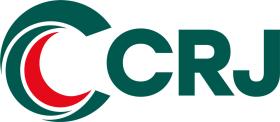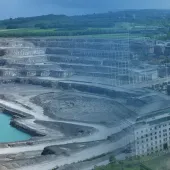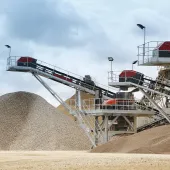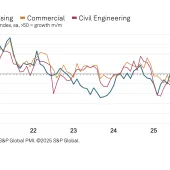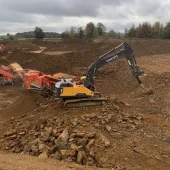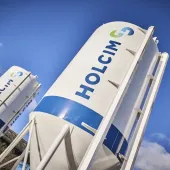New BDS report on aggregates replenishment
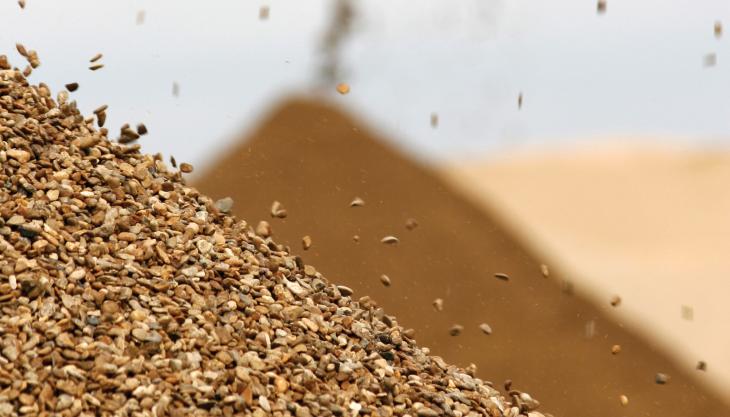
Second annual report focuses on industry performance in 2019 and looks at trends since 2014
THE pressure on the aggregates industry to meet demand for materials over the next decade is set to strengthen once the immediate effects of COVID-19 on the economy subside. HS2 has been formally approved and Phase 1 is already under construction, Hinkley Point C is progressing along with other major investment projects including Crossrail, Thames Tideway, RIS2, and house building targeted for 300,00 new homes each year, all of which are set to drive momentum.
Critical to this delivery, however, is the provision of a sustainable and well-planned source of aggregates across Great Britain. For the first time last year, BDS Marketing Research published a new report to examine the ability of the industry to meet this demand as existing reserves are consumed.
This month, BDS have published their second annual report, 'Annual State of the Industry – Aggregates Replenishment (2019)', which assesses how effectively reserves are being replenished. This is based on newly consented tonnages to replace the material extracted from pits, quarries and the seabed.
Focusing on activity in 2019, as well as looking at trends since 2014, the latest report identifies replenishment rates by region, material type (land-won and marine sand and gravel and limestone, hardstone and sandstone), company and nationally.
More than 500 schemes are analysed within the report and are split between consents for new sites and extensions to existing sites. For the period 2014–2019, new sites accounted for 17% of consents. Additional findings in the report reference the average duration of months to reach consent for both new and existing sites and also for sand and gravel and crushed rock product types.
Replenishment rates for sand and gravel and crushed rock fluctuated over the reporting period, with crushed rock displaying noticeably larger annual changes than sand and gravel. On a regional level, key differences are identified within the report; in 2019 only three regions had a sand and gravel replenishment rate equal to or exceeding the national average, and just two regions achieved a crushed rock replenishment rate greater than the national average.
The report identifies areas of concern and opportunity, and will help operating companies, industry observers, investors and other interested parties to gain a clearer picture of replenishment activity and identify opportunities for new activity as well as supporting both operational and strategic activity.
It concludes by providing a forward look at aggregate replenishment as well as reviewing the current position based on the market and economy, including the impact of the coronavirus, whilst considering future construction projects in the pipeline.
Further details of all this and other reports and service from BDS are available on the BDS website at: www.bdsmarketing.co.uk; or by contacting Andy Sales at: andy.sales@bdsmarketing.co.uk or tel: (01761) 433035.


